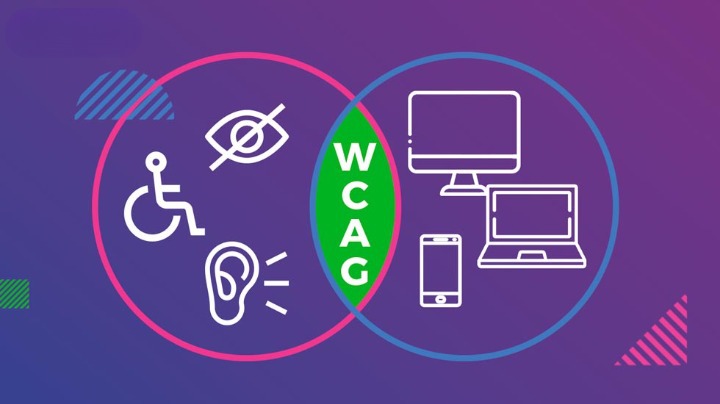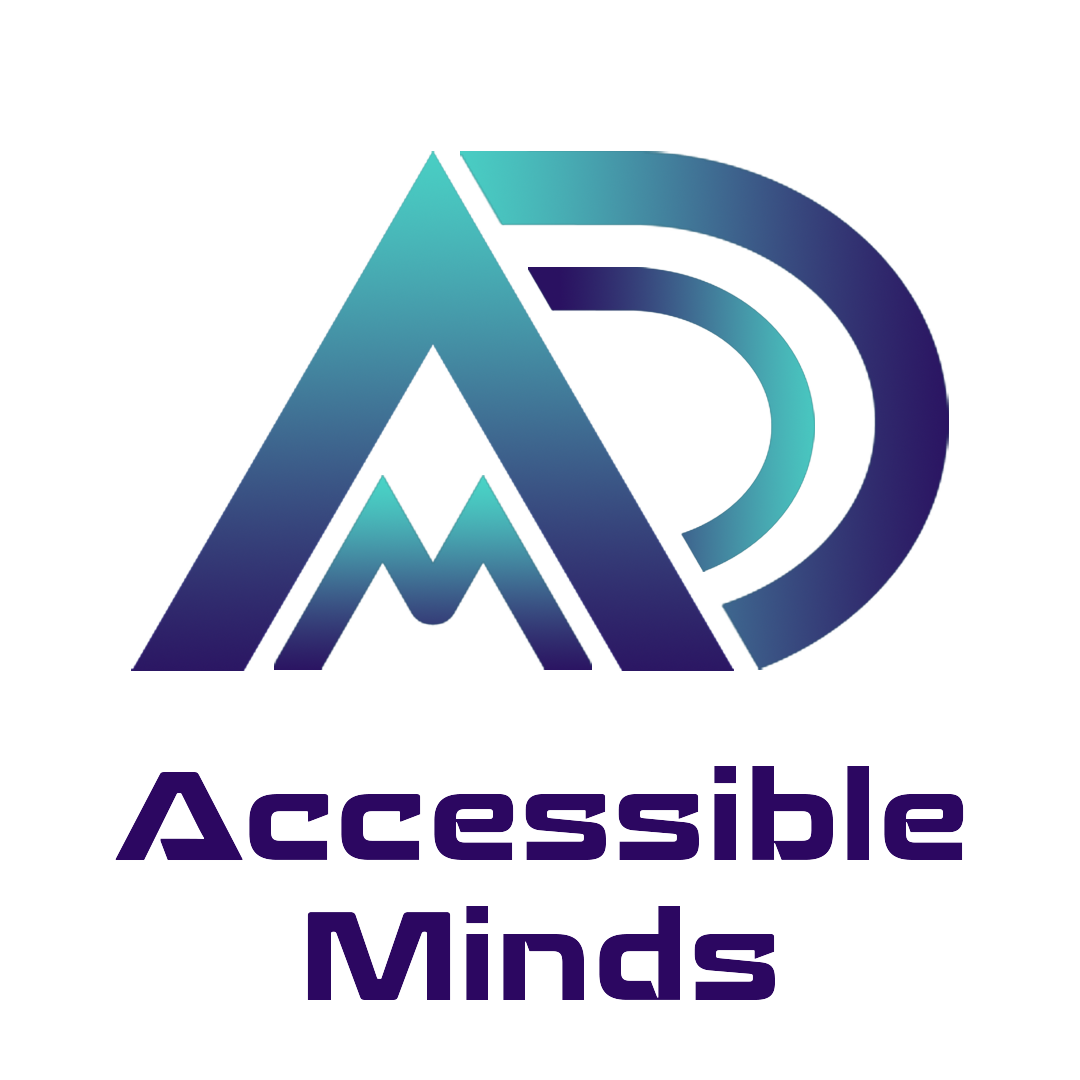Web Content Accessibility Guideline (WCAG)
What is WCAG?
The World Wide Web Consortium, or W3C, develops the technical standards that make up the Web Content Accessibility Guidelines (WCAG). They serve as the idea of the most accessibility regulation over the globe and are relevant through all digital technology standards. Its main objective is to present standard web content that can be accessible by all users.
Points to care about WCAG
WCAG is established by W3C years ago around the mid 1990s. It’d take numerous years before a coherent set of standards could be published. Nearly ten years later at the end of 2008, the WCAG 2.0 came into existence. As we know, WCAG is developed by the W3C Process, so their main motive was to provide high web protocols so that it cooperates with the international standards that have been developed. WCAG 2 has been developed to be applicable to current technologies and to future technologies. It is designed to apply to W3C technologies, as well as technologies developed outside of W3C.

4 Principles of WCAG
Some keys to WCAG 2.0 are the four principles that have been set up and these principles are fantastic as it’s now not simply an extended tick list of factors. Websites must be perceivable, operable, understandable, and robust. The main thing to attain WCAG 2.0 compliance is to understand these principles.
